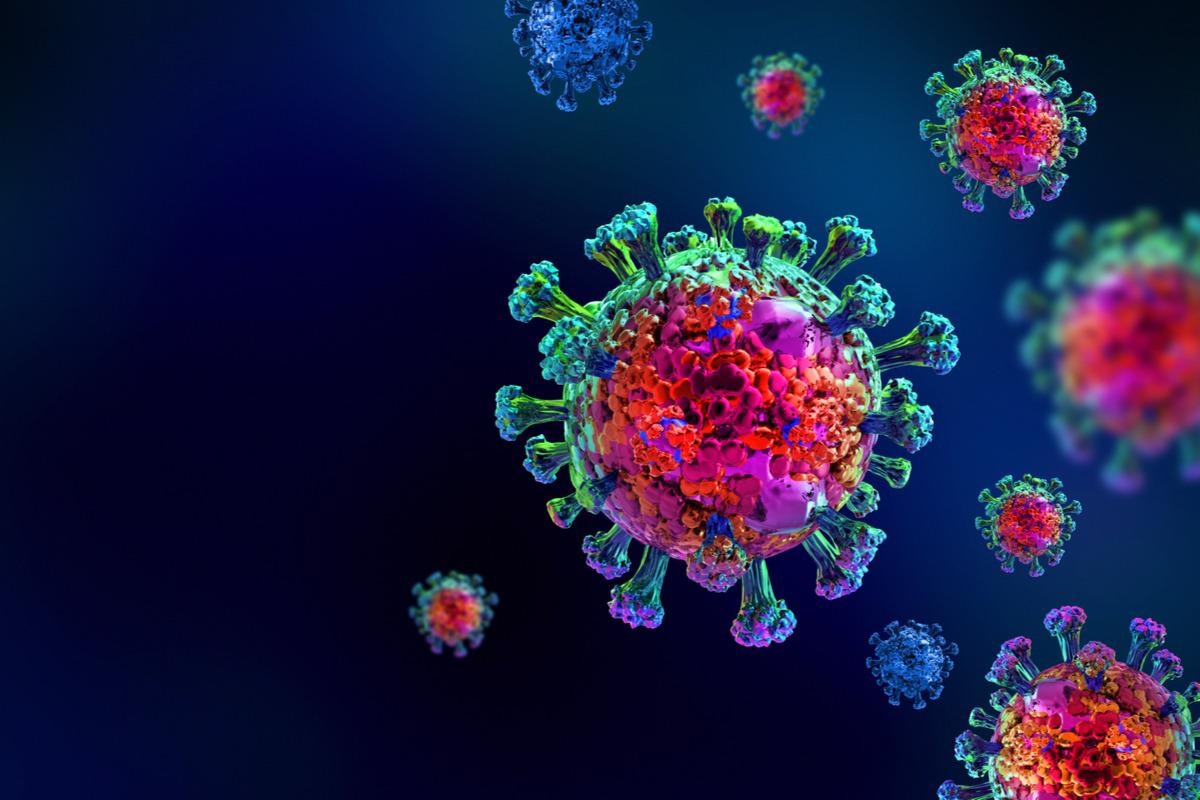A recent study published in Cell Reports reported the abrogation of inhibition of the natural killer (NK) cells by a severe acute respiratory syndrome coronavirus 2 (SARS-CoV-2)-encoded protein presented by human leukocyte antigen E (HLA-E).
 Study: SARS-CoV-2 Nsp13 encodes for an HLA-E-stabilizing peptide that abrogates inhibition of NKG2A-expressing NK cells. Image Credit: stockklemedia/Shutterstock
Study: SARS-CoV-2 Nsp13 encodes for an HLA-E-stabilizing peptide that abrogates inhibition of NKG2A-expressing NK cells. Image Credit: stockklemedia/Shutterstock
NK cells are immune cells that defend against viral infections like coronavirus disease 2019 (COVID-19). NK cells are activated in infected patients post-exposure to the virus; however, the mechanism by which NK cells identify SARS-CoV-2-infected cells is yet unknown.
About the study
The present study demonstrated how a peptide encoded by SARS-CoV-2 formed a stable complex with HLA-E, thus facilitating the activation of the NKG2A-expressing NK cells, which reduces SARS-CoV-2 replication in vitro.
The Department of Clinical Immunology and Transfusion Medicine, Karolinska Institutet provided buffy coats sourced from healthy donors. Peripheral blood mononuclear cells (PBMC) were isolated from the collected buffy coats using standard density gradient centrifugation and then cryopreserved. K562 cell lines expressing HLA-E were maintained in a Roswell Park Memorial Institute (RPMI)-1640 solution, while A549 cell lines expressing angiotensin-converting enzyme 2 (ACE2) were maintained in minimum essential medium (MEM).
Binding scores of the extent of nonamer binding of human cytomegalovirus pp65 (HCMV pp65), HLA-C, and open reading frames in a genome (ORFeome) to HLA-E were predicted along with processing predictions.
The stabilization of the HLA-E surface was performed by washing the peptide-pulsed cells with RPMI solution and then analyzing them using assays with NK cells or by flow cytometry; the HLA-E/peptide stability was also assessed. Fluorochrome-conjugated antibodies were used to identify viable cells for flow cytometric analysis.
Results
The study results showed that the highest binding scores were of peptides encoded by nonstructural protein (Nsp) 13, Nsp6, and SARS-CoV-2 spike glycoprotein, in that order. Furthermore, Nsp13 also scored the highest according to an algorithm predicting proteasomal processing. Peptide pulsing with high concentrations of K562/HLA-E cells showed that the stability provided to the HLA-E surface by the Nsp13 and the HLA-C were similar at lower concentrations Nsp13 than for HLA-C. Also, peptide pulsing with Nsp6 and the viral spike glycoprotein revealed insignificant HLA-E stabilization.
Molecular dynamics (MD) simulations showed that the formation of HLA-E/HLA-C complex and HLA-E/Nsp13 complex generated levels of delta energy of binding (ΔEb) higher than those produced by simulated complexes with the pp65 peptide. The affinity of HLA-C to HLA-E was predicted to be due to the presence of arginine in position 5 on HLA-C. The affinity of Nsp13 towards HLA-E was due to the presence of leucine in position 4 and proline in position 3. Altogether, the study identified Nsp13 as a peptide encoded by SARS-CoV-2, which formed stable complexes with HLA-E.
The assessment of human coronaviruses (HCoVs) showed that alterations in sequence positions of the viral structure resulted in a lower ability to stabilize HLA-E. The examination of the sarbecovirus subgenus revealed that samples collected from this genus had encoded Nsp13 peptides similar to SARS-CoV-2-encoded proteins. Overall, the Nsp13 epitope of SARS-CoV-2 that efficiently stabilized HLA-E was present in sarbecoviruses but not in HCoVs.
After analyzing the response of NK cells against HLA-E cells, a moderate level of NK activity was observed when pulsed with HLA-C cells, while significant KN activity was found with Nsp-13 pulsing. Also, the study showed that NK cell subpopulations expressing the gene NKG2A with or without other inhibitory receptors were more responsive to Nsp13-pulsed cells than to HLA-C-pulsed cells.
In contrast, NKG2A– NK cell subpopulations were not affected by the presence of pulsed cells. These observations demonstrated that Nsp13 increased the susceptibility of HLA-E-expressing cells to attack by NK cells. This indicated that increased NK cell activity led to the NKG2A+ cell inhibition, which resembled missing self-recognition.
NKG2A+ NK cells identified Nsp13 cells in a missing self manner as was observed in the expression of activation of HLA-DR (HLA-DR isotype) marker and proliferation marker Ki-67. Also, the levels of HLA class 1 on the A549-ACE2 complex were reduced after the complex was infected with SARS-CoV-2. However, the expression of the HLA-E surface was preserved, indicating that peptides from sources other than HLA-A/B/C were involved in this setting.
Conclusion
The study findings showed that Nsp13 encoded by SARS-CoV-2 and presented by HLA-E abrogated the inhibition of NKG2A+ NK cells. The stability and efficiency of HLA-E and Nsp13 complexes resulted in unrestrained functions of NKG2A+ NK cell effector cells, leading to missing self-recognition. The researchers believe that NK cells are highly responsive to the changes in levels of HLA-E and could facilitate the recognition of SARS-CoV-2-infected cells.